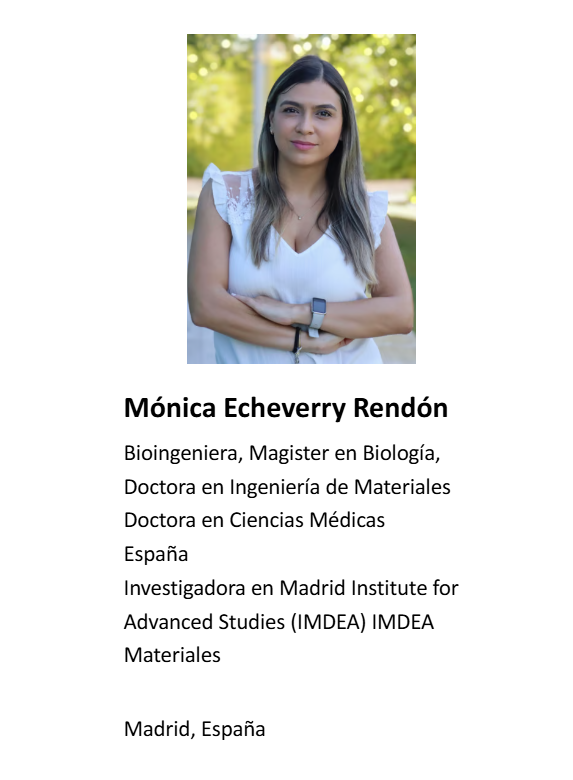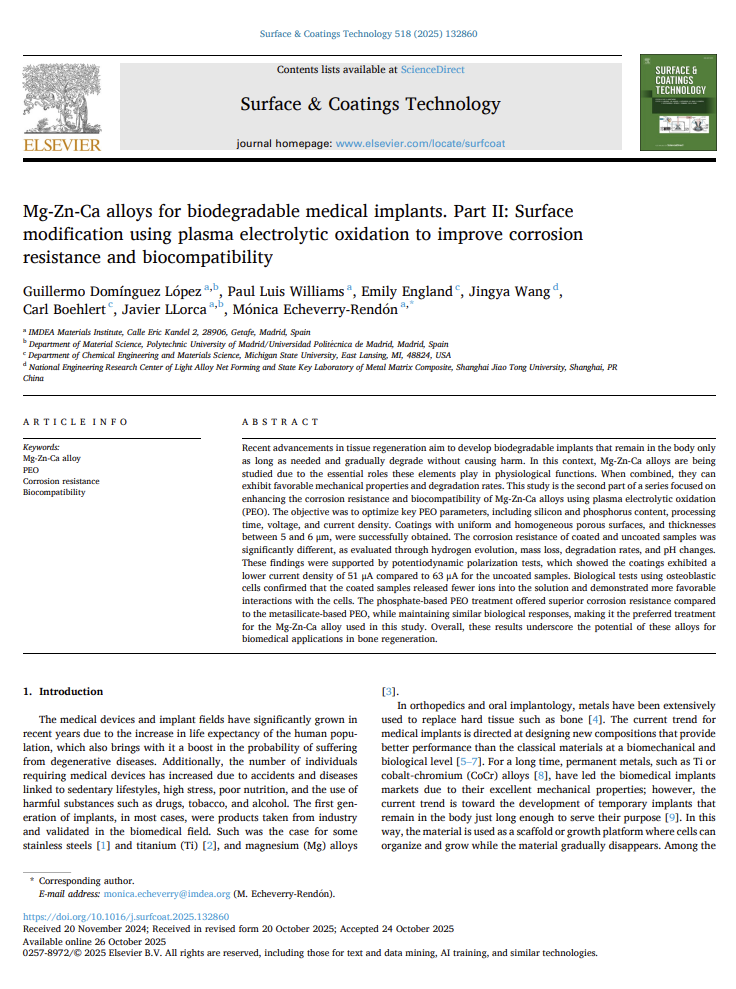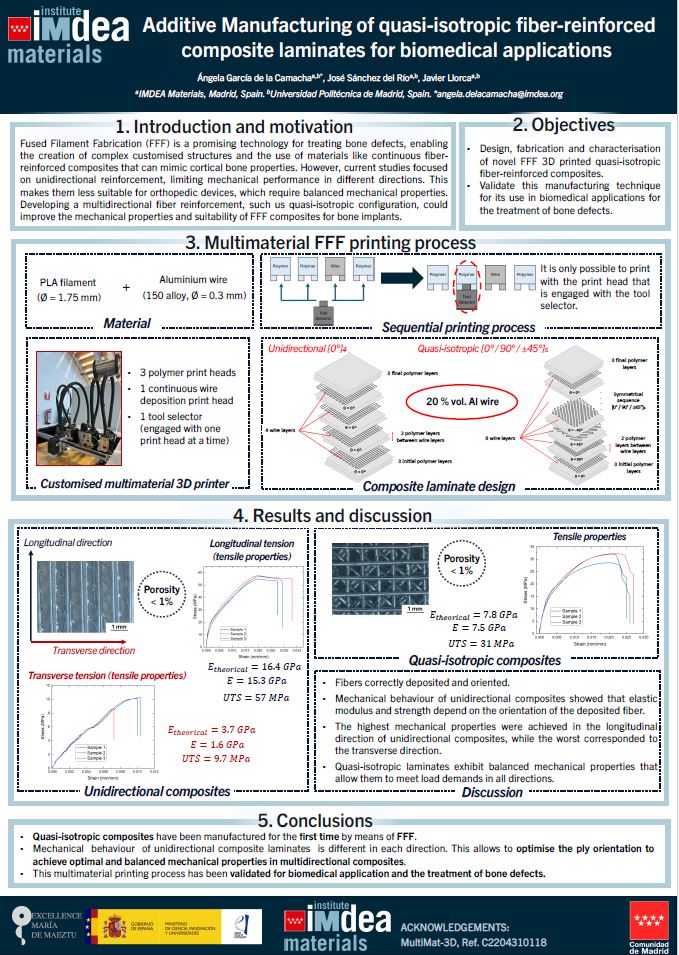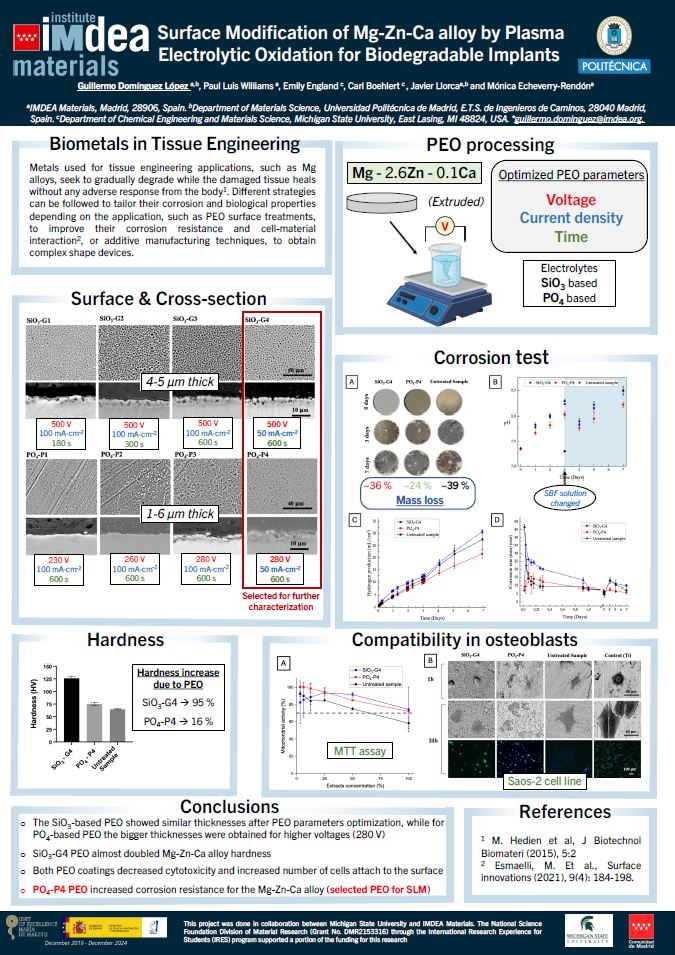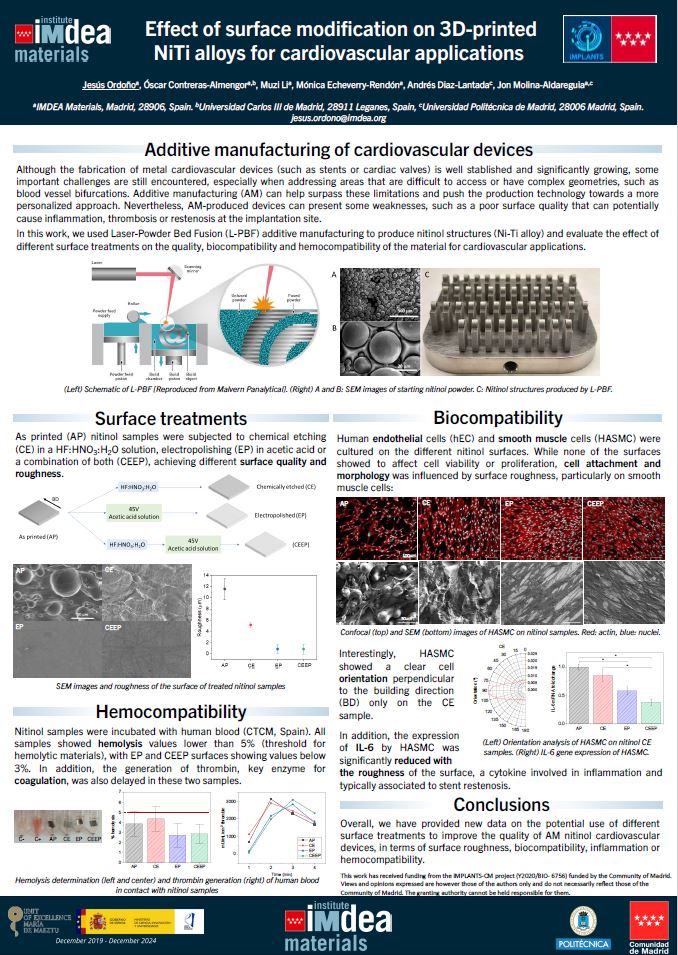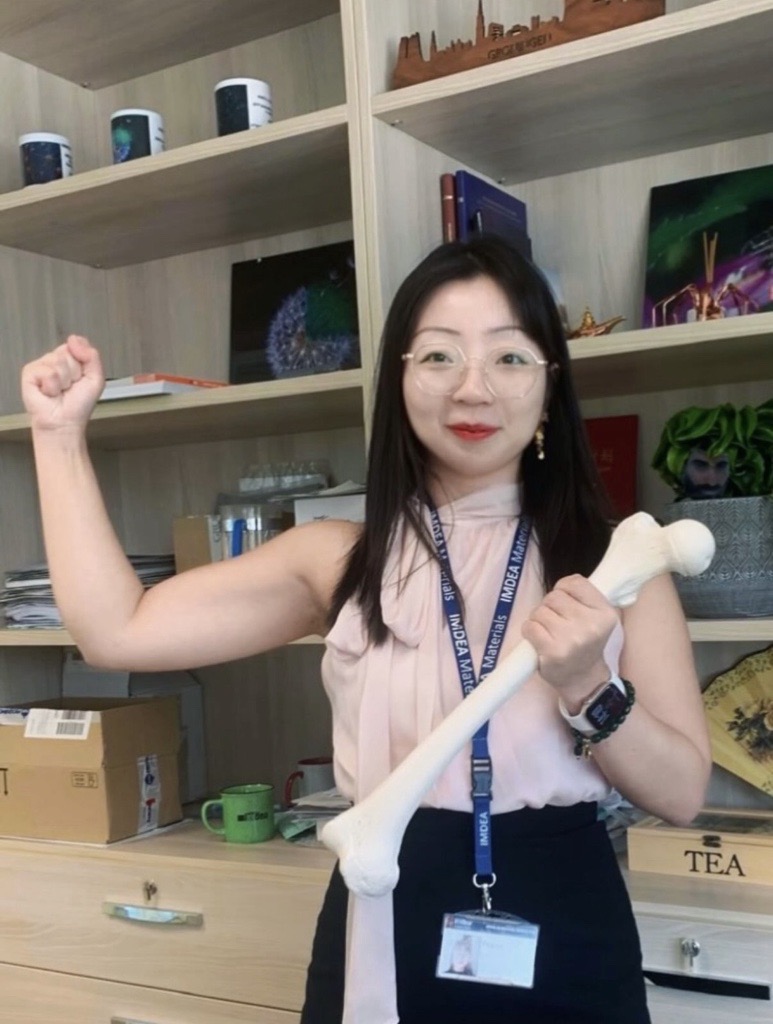
Farewell to Dr. Yuyao Liu as She Embarks on a New Chapter in Ireland 🍀
Last Friday, November 14th, we said goodbye to our colleague Yuyao, who has completed her PhD at IMDEA Materials Institute as part of the BCD Group. Yuyao’s dedication, hard work,



